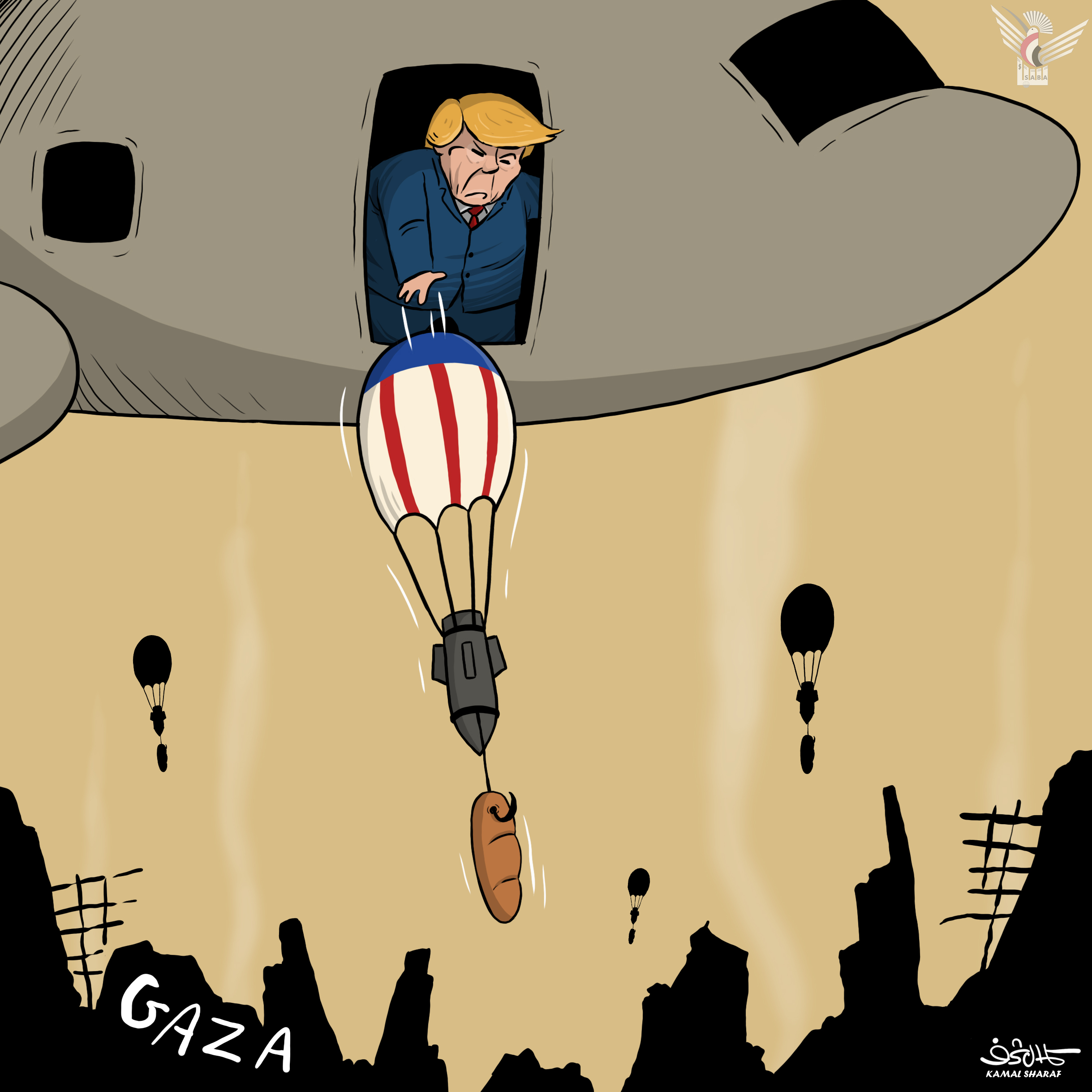Gaza – SABA:
Despite strict Israeli military censorship, the impact of Yemeni armed forces’ operations deep within Israeli territory in support of Gaza has not gone unnoticed—particularly when these operations disrupt airports or strike critical infrastructure like ports and strategic facilities.
According to a report by the Palestinian “Shehab” news agency, observers argue that the intensity and scale of these attacks have made it difficult for the Israeli military establishment to maintain full control over the media narrative. The complexities of psychological warfare and fears of a breakdown in the internal front have forced Israeli media to occasionally acknowledge damage or casualties, despite efforts at suppression.
Fayed Abu Shamala, a researcher and expert on Israeli affairs, explains that Israel’s media narrative is tightly controlled to enforce a singular version of events aimed at both domestic and international audiences. He describes a familiar pattern: Israeli authorities announce the detection of a missile “launched from Yemen,” followed by air raid sirens in affected areas, and warnings urging civilians to seek shelter. Maps with red dots marking the siren zones are often released alongside these alerts.
Minutes later, Israeli media typically claim the missile was intercepted, sharing distant images of the sky before stating that “life has returned to normal” after temporary disruptions to air travel.
Abu Shamala points out key signs that cast doubt on this narrative—such as the lack of panic footage in the streets (which was common in the past), and the absence of images showing missile impact sites, debris, or even remnants of interceptor missiles. Interviews with settlers have been banned, as has footage from airports during flight suspensions.
He asserts that media control has become a central weapon in Israel’s psychological warfare arsenal, but that this strategy has repeatedly failed—most notably during the closing days of the recent confrontation with Iran, when Iranian missiles struck targets that could not be concealed.
He concluded: “It’s unrealistic to claim every missile hits its target, but it’s equally false to claim they are all intercepted. Each missile carries a message to the world: this occupation is ending.”
Shifting the Balance of Power
Military strategist Lt. Gen. Qased Mahmoud stated that the Yemeni Armed Forces have significantly altered the strategic balance in the conflict with Israel through sustained and direct military engagement—carrying out drone and missile strikes across distances of up to 2,000 kilometers, alongside intermittent naval and aerial blockades.
According to Mahmoud, “This persistent psychological and operational pressure is a serious challenge for Israel, especially since it must now address a threat from a region that was previously outside its military and intelligence priorities.” He emphasized Yemen’s strategic geography and natural defenses, making it extremely difficult for Israel to respond effectively.
He noted that Yemen has added strategic value to the broader confrontation, filling a gap in the resistance axis at a time when Palestinian resistance continues to play vital tactical and operational roles, but faces strategic limitations due to geographic isolation and resource constraints.
Mahmoud added that Yemen’s role has extended the conflict to the Red Sea and surrounding maritime corridors, introducing new threats to Israeli airspace and establishing a clear, organic connection between its military operations and the situation in Gaza—including the blockade, bombardment, and massacres of civilians.
He concluded that this linkage between the Yemeni and Gazan fronts holds significant political weight, influencing negotiation dynamics and power calculations, and thereby enhancing the overall leverage of the Resistance Axis.

| more of (Reports) |




